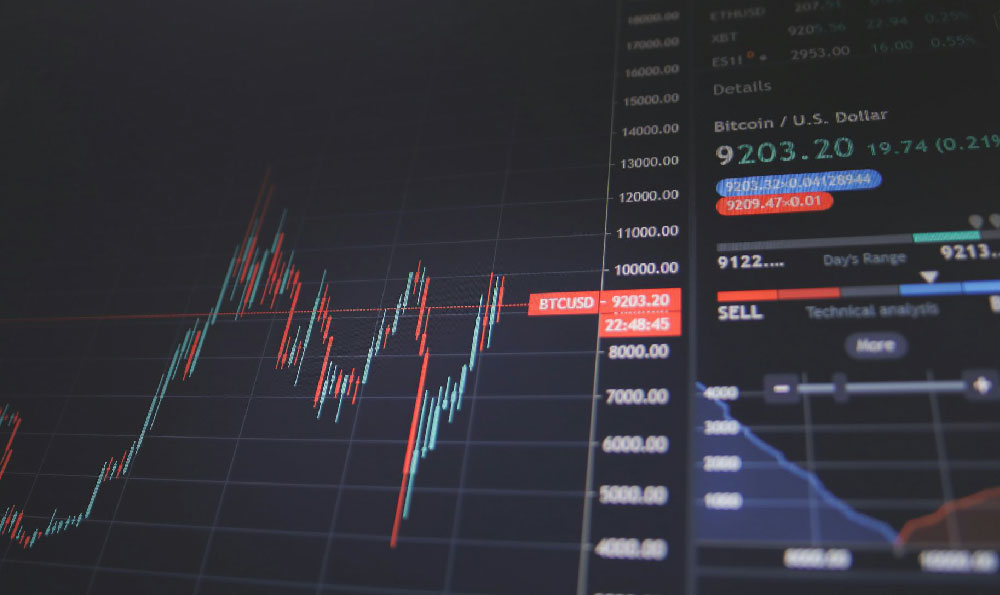How Much Do Storm Chasers Earn? Average Income and Job Details

The field of storm chasing, often romanticized in media and documentaries, represents a unique intersection of meteorology, adventure, and economic opportunity. While the profession is inherently tied to the unpredictable nature of severe weather events, the financial and occupational landscape for those who pursue it as a career is both complex and multifaceted. Understanding the realities of this niche industry requires a deeper exploration of its income potential, the demands of the job, and the factors that influence earnings in this high-stakes field.
Storm chasers operate in an environment where the primary objective is to track and document tornadoes, hurricanes, and other meteorological phenomena. This involves a combination of scientific knowledge, real-time decision-making, and physical endurance. Unlike traditional meteorological professions that rely on office-based data analysis, storm chasers often spend months in remote regions, braving extreme conditions to capture valuable atmospheric data. Their work can be categorized into distinct sectors, including scientific research, tourism, media production, and even insurance assessment, each contributing to their income streams in unique ways.
Earnings in this profession are highly variable, dictated by a range of factors such as the type of work, geographic location, and the scale of operations. According to industry reports, the average annual income for professional storm chasers falls between $30,000 and $70,000, although this can fluctuate significantly. Those engaged in scientific research may receive funding from institutions or grants, whereas independent chasers often rely on self-employment, offering services such as data recording or guided tours. The income of a storm chaser is also influenced by the frequency and intensity of storm events, which can be inconsistent due to climate patterns and natural variability.

The job itself requires meticulous preparation and adaptability. Storm chasers must monitor weather forecasts, calculate risk levels, and coordinate with teams to ensure safety while pursuing storms. Physical activity is a constant companion, with long hours in vehicles or on foot to maintain proximity to weather systems. Notably, the profession is not confined to a single region; chasers operate globally, from the Great Plains of the United States to the plains of Argentina or the coastal regions of Australia. The ability to navigate challenging terrains and endure unpredictable weather conditions is a fundamental part of the job.
In the realm of scientific research, storm chasers often collaborate with meteorological agencies or universities to gather critical data. This work can involve deploying instruments such as tornado sensors, anemometers, or weather balloons, which provide insights into atmospheric behavior. The income derived from such activities typically depends on the size of the research institution and the scope of the project. Individuals in this sector may also receive additional compensation for their contributions to academic studies or public safety initiatives. However, this type of work requires specialized training and certification, which can influence both the quality of their services and their earning potential.
For those in the tourism sector, storm chasing often involves guiding groups to witness severe weather events. This can include offering educational services, safety briefings, and logistical support during chases. The income here is often tied to the success of a chase, with some operators able to charge premium rates for exclusive experiences. However, the finances of this field are closely linked to the unpredictability of storms, as favorable conditions are not guaranteed, and revenue can vary greatly from one season to another.
The media industry also plays a significant role in the storm chasing economy. Filmmakers, photographers, and videographers may employ chasers to document extreme weather for documentaries, news reports, or social media content. These opportunities can provide substantial income, but they are typically project-based and require a strong portfolio or network. Additionally, the presence of social media influencers and content creators has expanded the market, creating new avenues for monetization through sponsorships and online engagement.
Despite the potential for financial rewards, storm chasing is not without its risks. The profession demands a high level of responsibility, as chasers must navigate dangerous weather conditions while prioritizing safety. Financial instability is a common challenge, particularly for independent operators who may face expenses such as vehicle maintenance, fuel costs, and equipment purchases without a guaranteed income. However, seasoned professionals often develop strategies to mitigate these risks, such as securing insurance coverage, building a robust network of collaborators, and diversifying their income sources.
The demand for storm chasers is also influenced by broader economic and scientific trends. As climate change leads to more extreme weather events, the need for accurate data and firsthand documentation has grown. This has created opportunities in both research and commercial sectors, although it also increases competition for limited chase opportunities. Additionally, technological advancements such as improved weather tracking software and drone systems have made the profession more precise, but also more capital-intensive.
For individuals considering a career in storm chasing, it is essential to understand the complexities of the field. While the thrill of the chase and the opportunity to contribute to scientific knowledge can be compelling, the financial aspects require careful planning and preparation. Investing in education, building a strong safety protocol, and networking with professionals in related industries are all critical steps in establishing a sustainable income. Moreover, the profession is not suitable for everyone, as it requires a unique blend of passion, patience, and resilience.
The economic potential of storm chasing is further amplified by the increasing interest in extreme weather events. As more people seek immersive experiences, the demand for chasers who can provide safe and informative expeditions continues to rise. This has created a niche market that offers diverse opportunities, from scientific research to guided tourism, each with its own economic model and earning potential. However, the profession also poses significant risks, requiring individuals to balance financial ambition with personal safety.
In conclusion, storm chasing is a profession where the financial rewards are as unpredictable as the weather itself. While it offers the potential for income through various sectors, it necessitates a deep understanding of the risks involved and the commitment to continuous learning and safety practices. For those who are prepared to navigate this complex landscape, the profession can serve as a viable option for individuals seeking both professional fulfillment and a unique economic opportunity. However, it is crucial to approach this field with realistic expectations, thorough preparation, and a strong awareness of the challenges that come with it.















